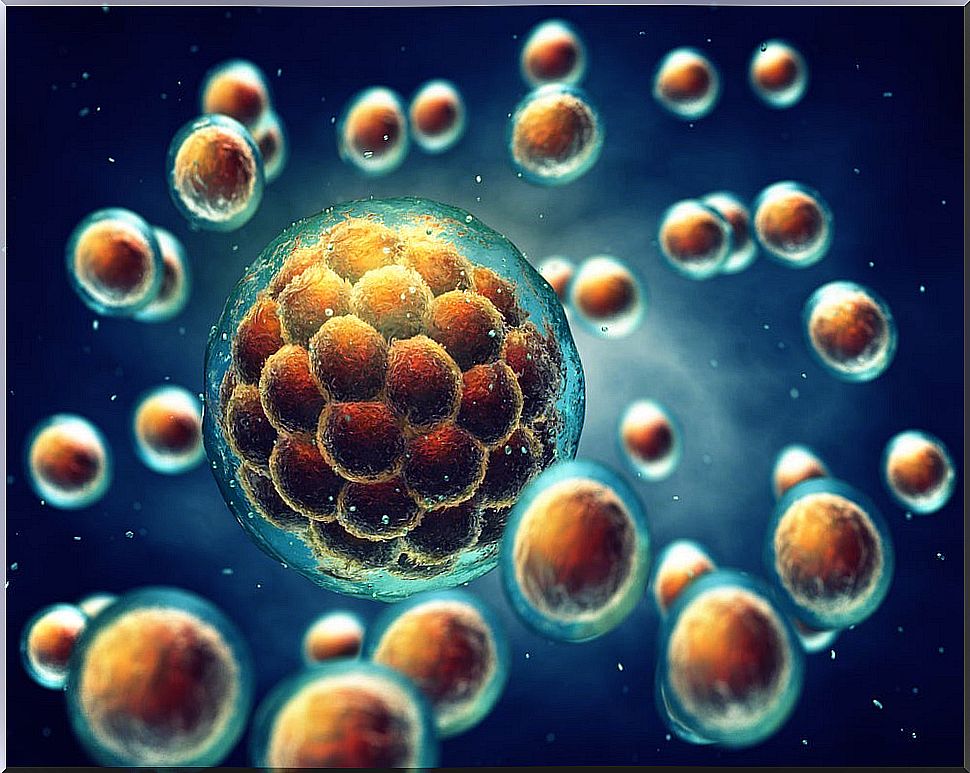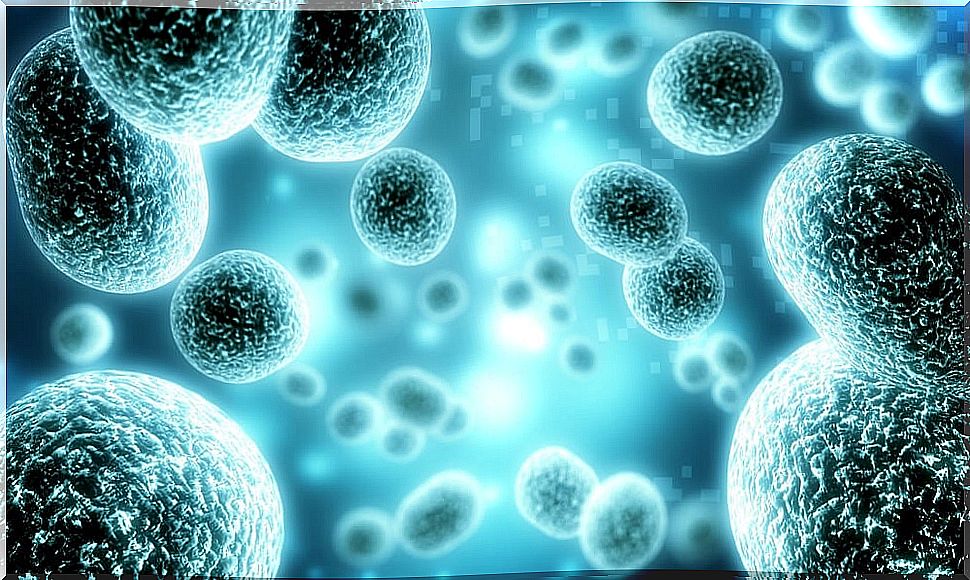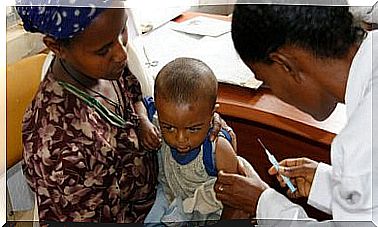Stem Cells And Conservation Of The Umbilical Cord

This is not an article to raise awareness of the need to preserve the umbilical cord. Not to sell you the need for extra genetic testing during your pregnancy, or to make you feel bad for not doing it.
If you keep reading it is because you will agree with us that the important thing is to be informed in order to make a consistent decision. So, let’s go with this article on stem cells and umbilical cord preservation.
What are stem cells and umbilical cord preservation?
Stem cells are the first cells to form in an organism. They are said to be totipotential, since they are capable of generating the rest of cell lines with specialized functions. Although they can also give rise to other stem cells. But what makes them so special?
Stem cell characteristics
Their qualities make them one of the most important focuses in current research. Above all, in those related to gene therapies and knowledge of human development. Likewise, we can summarize these characteristics that make them so special in 3 key points:
- They divide and renew themselves for a time forming daughter cells.
- They can differentiate and mature, originating specialized cells such as neurons, erythrocytes …
- They can be grown in the laboratory to obtain stem cell lines.

In fact, stem cell lines are used as a source of progenitor cells. They come from a single original stem cell and cannot differentiate. In principle, they are free of congenital defects and, normally, they are used both in gene therapies and in research projects
What types of progenitor cells are there?
The miracle of life has its origin in a single cell. In the moments after fertilization, this embryo houses all the information necessary for the development of a complete organism. After 24 hours, the zygote cells remain pure, they are capable of generating a complete embryo, that is why we call them “totipotential”.
On the contrary, from the seventh day, as embryonic development advances, stem cells differentiate, mature and lose this capacity. Now they can only originate any cell line, but not a full embryo.
The genes responsible for this have been suppressed. Consequently, these differentiated stem cells are called “pluripotential” or embryonic.
Where are stem cells obtained?
Currently, two sources of progenitor cells are known: embryos in early stages, from which we would obtain embryonic stem cells, and those that we obtain from the adult organism. What differentiates them?
Embryonic stem cells
They are obtained from embryos between 4 and 7 days old. Generally, they come from the surplus generated in in vitro fertilization treatments. This practice generates a lot of controversy, since it involves the destruction of a healthy and viable embryo. They can rarely be obtained from aborted embryos or carconomas, a type of fetal tumor.
They are of great therapeutic utility. As we said, these are pluripotenzilaes cells, capable of originating any cell type. They can be used in tissue or organ regenerative therapies.
However, today, it is difficult to orient the cell differentiation process towards the desired lineage. So these treatments are still under study.
Adult stem cells
Although in very small quantities, we can find them in almost all tissues of the body. Most studies and treatments focus on obtaining bone marrow progenitor cells due to their accessibility.
The problem with these cell lines is their degree of maturation. They have lost their ability to generate any cell type, and now they are what we call “Multipotentials”.
However, recent studies such as that of Dr. Catherine Verfaillie, professor and director of the Stem Cell Institute at the University of Minnesota, suggest that these multipotent cells of the bone marrow are not only capable of originating blood cells but also cardiac or brain cells. .
His team has been able to generate brain cells from mesenchymal stem cells grown in the laboratory. This evidence suggests that, perhaps, they are more plastic than it seemed.
But what about conserving umbilical cord stem cells?
Thanks to studies like that of Dr. Verfaille, these special progenitor cells have been found in umbilical cord blood. Mesenchymal stem cells, which even being adult cells retain their ability to originate different cell lines.
The use of our own cells opens the doors of regenerative medicine, in order to replace diseased cells with healthy ones, avoiding rejection problems.
This application has been of vital importance in patients with leukemia. However, many more studies still need to be done to realize its full potential in future medical treatments.

What options are there to preserve the umbilical cord?
Currently, insurers, through their medical insurance, and private clinics make private banks available to users for the cryo-preservation of the umbilical cord. And, therefore, of the stem cells that are in it, as a safe value thanks to its future potential.
However, this procedure can involve a high annual cost for families without being clear about its true usefulness.
In fact, experts warn that preservation for autologous use should be limited. If a leukemia patient wants to use his own stem cells, the probability that these contain the genetic defect that causes the disease is very high. Of course, we can always see if there is sibling compatibility.
To date, there are no private banks in Spain for its conservation, so if we choose this option, the blood of our baby will be sent to a bank abroad, since current Spanish legislation does not guarantee 100% the availability of the cells themselves in the future.
In any case, both the medical and scientific communities encourage the use of public banks through donations of stem cells that allow their use, both in research and in gene therapies.










